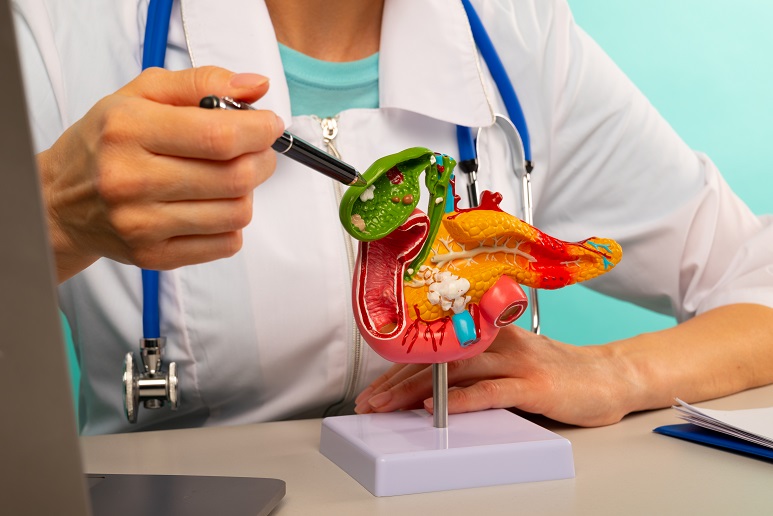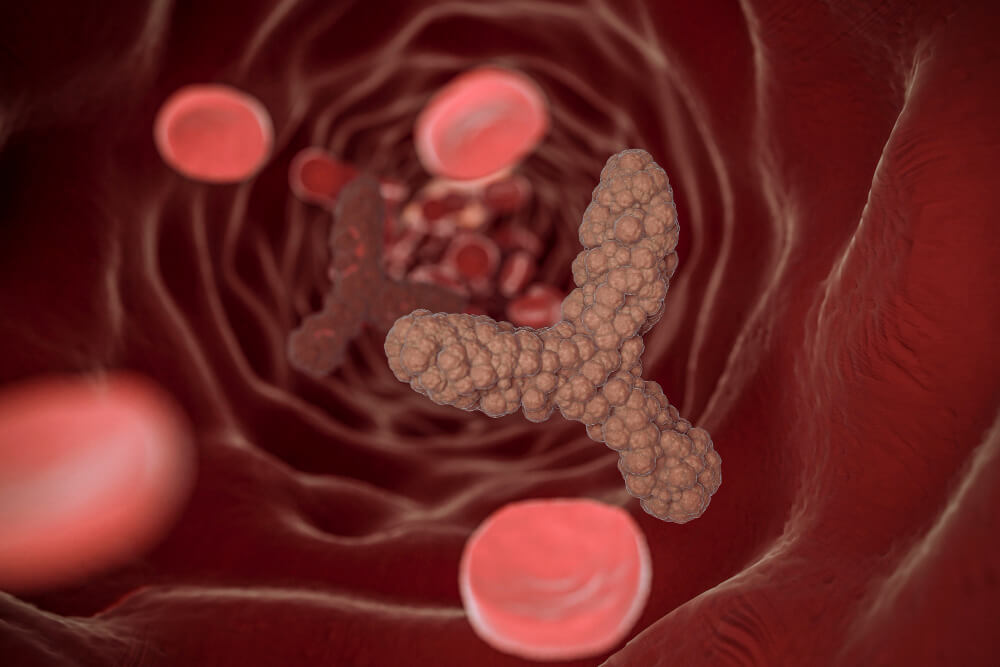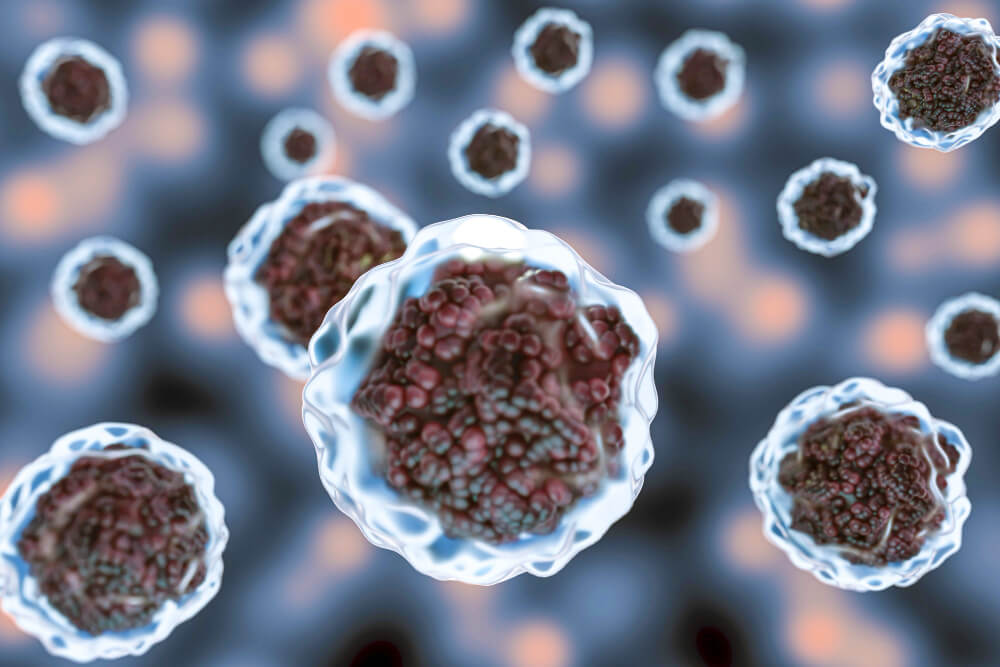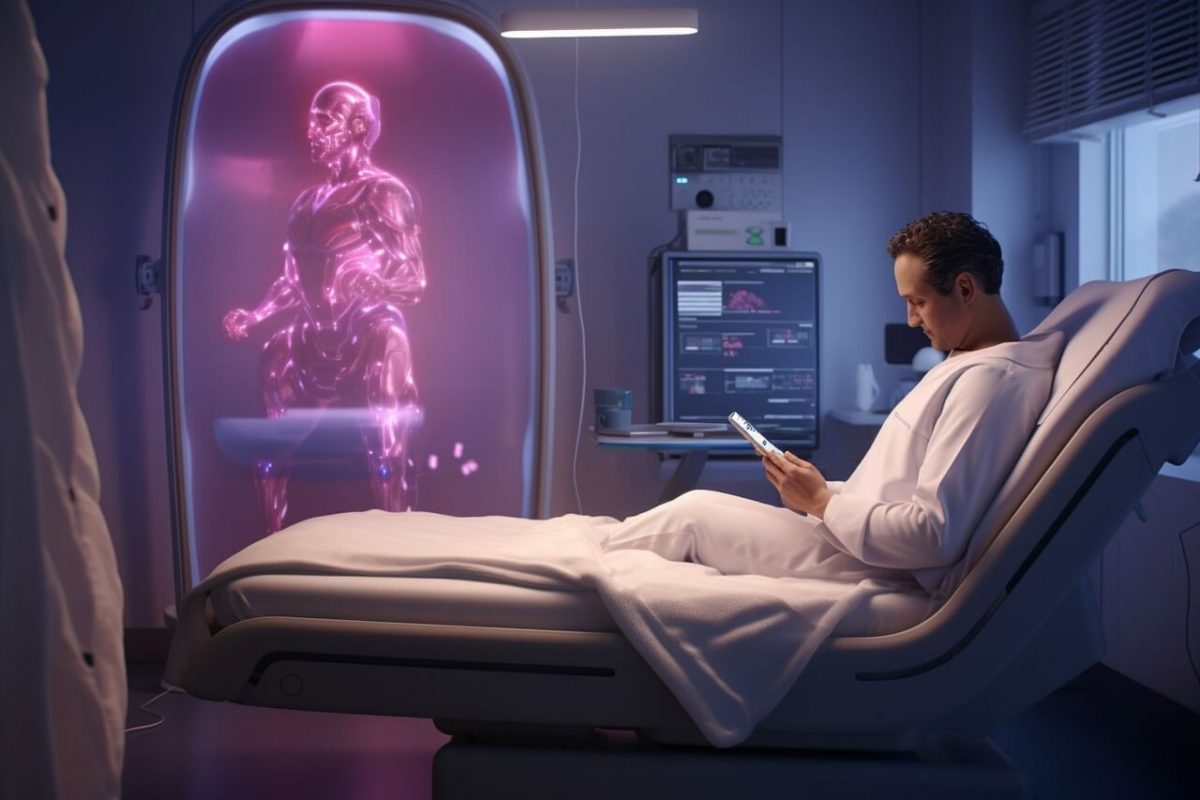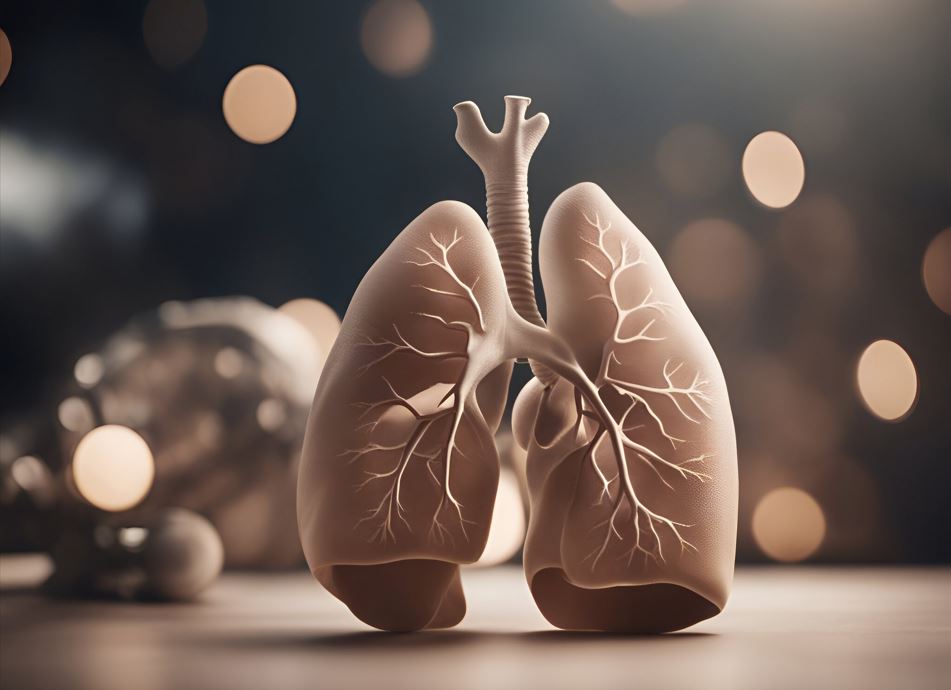Taking care of your gut health is equally important as taking care of your heart health. In today’s era, colonic and pancreatic cancers have become fairly common, leading to rise in mortality rates. With the introduction of CT scans, detecting cancers has become far more easy than it was in the past. A cancer can be caught in its earlier stages due to the advent of CT scans for cancer detection. The diagnosis rate has become higher due to the latest technology scanners that detect minute cancer cells at its earliest. In this article, we will learn more about how CT colonoscopy has changed the world.
What is a Virtual Colonoscopy?
A virtual colonoscopy, also known as a CT colonoscopy scan, is the use of multiple low-dose radiations to create X-ray images of the colon and rectum using a CT scanner. It is a special type of x-ray that takes numerous pictures of your colon and rectum. The X-ray films are merged using an advanced computer software system to produce three-dimensional images of the colon. It is quite better and more acceptable than the conventional colonoscopy due to its non-invasive nature. This results in a higher acceptance rate by patients.
How does a Colonoscopy Work?
Like any other CT scan, a CT colonography procedure uses radiation, either in the form of light or radiation. Multiple X-ray beams are passed all over the area to create slices of images of the colon and rectum. Before placing the patient lying on the table inside the scanner, a small tube is inserted about two inches into the rectum, and air is passed into the rectum and colon to inflate it and prevent any folds inside the intestine that could lead to misdiagnosis later on.
No anesthesia is required for this step. After slices of images are taken from the front, the patient is asked to turn on their back so images from the back can also be taken. The entire procedure hardly takes 15 minutes to carry out.
What does a Colonoscopy Show?
A colonoscopy scan shows detailed three-dimensional images of the patient’s colon and rectum. It looks for any signs of cancerous tissues or polyps that might turn cancerous later on. A contrast material is used to differentiate different tissues and bones. Usually, cancerous cells and tissues give out a different color from normal tissues. Apart from that, a colonoscopy scan also helps provide a two-dimensional view of the surrounding areas like the pelvis and abdomen.
What is the prep for a CT Colonography?
A bowel prep is done a day before the CT colonography. The patient is asked to take only a liquid diet a day before the scan. It is recommended to clear all your bowel the night before the scan so as to allow the radiologist to differentiate a polyp from stool properly. Laxatives in pill or liquid form may be given to the patient to help clear all areas of the bowel. A few hours before the scan, the patient may be asked to stop all food and liquid intake to help properly visualize the colon. A barium or iodinated liquid may be given to help contrast the polyp from the stool. It helps to differentiate both of them. The patient is also asked to wear loose items of clothing, and all metal objects are taken out before the procedure. If you are pregnant, you must consult the doctor before taking a scan.
Will a Colonoscopy show liver damage?
A colonoscopy scan not only provides you with information about the colon and rectum. It also provides you with insights about organs around the colon and rectum, i.e., liver, pancreas, spleen, etc. A colonoscopy scan can aid in detecting liver diseases. A study shows there might be some colonoscopy findings in end-stage liver diseases like colon thickening, etc. However, to properly look for liver damage, you might need to get a separate liver CT scan.
Why do I need a Colonoscopy after a CT scan?
In cases when a polyp is discovered, your doctor might need to remove the polyp through a conventional colonoscopy. Usually, a traditional colonoscopy is used as a means of minor surgery for polyp removal. When the malignancy is in its early stages, a CT scan might not be enough to check the extent of the disease. A conventional colonoscopy might be needed in that case.
How long do CT Scan results take?
A CT scan procedure usually takes 15 to 20 minutes to carry out. However, the results of the CT scan may vary depending on the hospital or testing center. The images of the scan are compiled via computer software and created into a single scan. The radiologist then reviews your results and writes down all the findings within the scan. This process may take time. It may take a minimum of 24 hours to a maximum of 1 week for your CT scan results to come out.
Can a CT Scan detect Colon Cancer?
A CT scan can definitely detect colon cancer. It is considered the gold standard test in the detection of colon cancer. There are other tests also available, but a CT scan is regarded as the best. However, it also depends on the extent of the cancer. If the cancer is in its early stages, a CT scan might not be able to catch up on the mutated cells or tissues. A cancer that might have spread would, however, be detectable on a CT scan. It all comes down to how well the radiologist is able to detect such findings and report them in the scan. Hence, it is necessary to find a good scanning center that provides quality virtual colonoscopy near me.
Choose Our Preventive Colonoscopy Scan
Early Detection Saves Lives!
-
- Accurate
- Quick Result
- Affordable
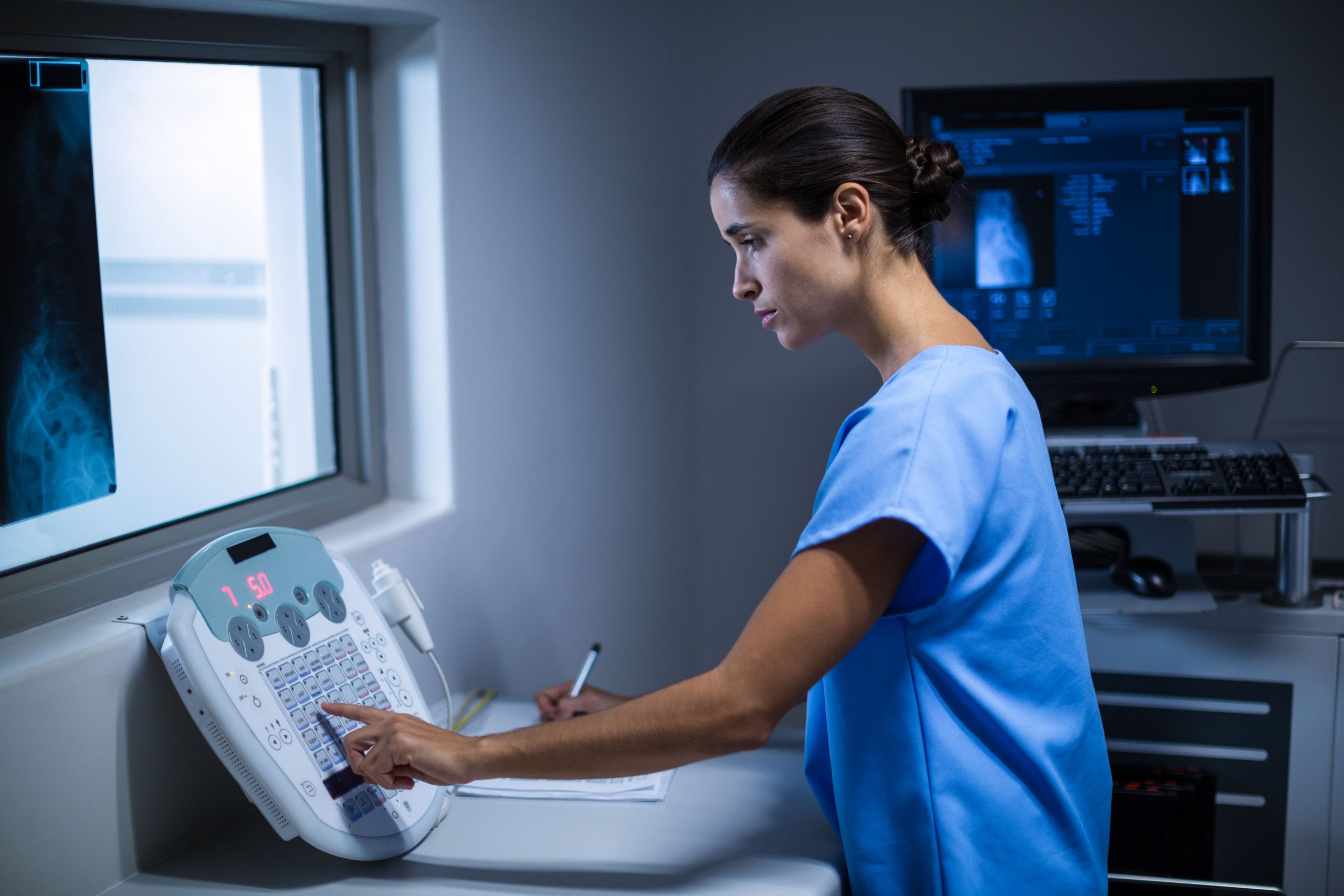
How long does a Laxative Last?
Laxatives are medicines, pills or in liquid form, that help with constipation by stimulating bowel movements. There are different types of laxatives depending on their duration of action and form. The amount of time a laxative takes to work and to be eliminated from the body may vary. Some laxatives take a few minutes to work, whereas other laxatives may take hours to show any results. As far as eliminating the laxative is concerned, a laxative may be eliminated from the body either after passing a stool once; others may take a few hours after its peak concentration to eliminate from the body.
How Long should I wait to Eat after Taking a Laxative?
It depends on the type of laxative you’ve taken. Some laxatives work better on an empty stomach; some are preferably taken after a meal. However, if you’ve taken a laxative, it is recommended to wait at least 30 minutes to 1 hour for the laxative to absorb properly and be effective. Hence, there will be no effect on the working process of the laxative; it may just slow down the process of its absorption. Usually, laxatives are taken at night to let it absorb properly.
Pictures of Blood in stool from Colon Cancer
Bowel Cancer Poop Pictures
Summary:
To summarize, taking care of your colorectal health is equally important. You shouldn’t neglect it since it leads to multiple diseases that will result in deterioration of your health. Via Scan of Las Colinas is one of the best scanning centers you can find for your CT colonography. We prioritize your health and well being.

